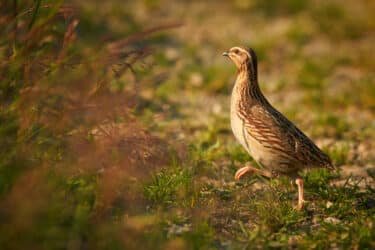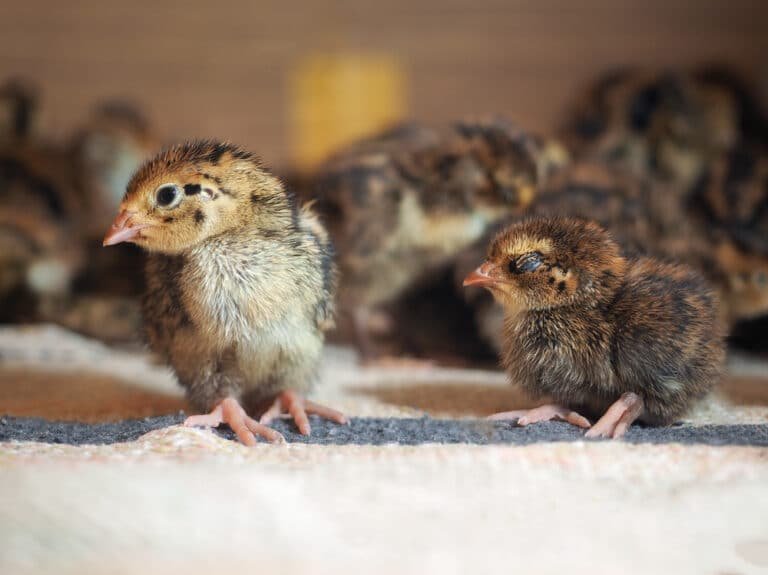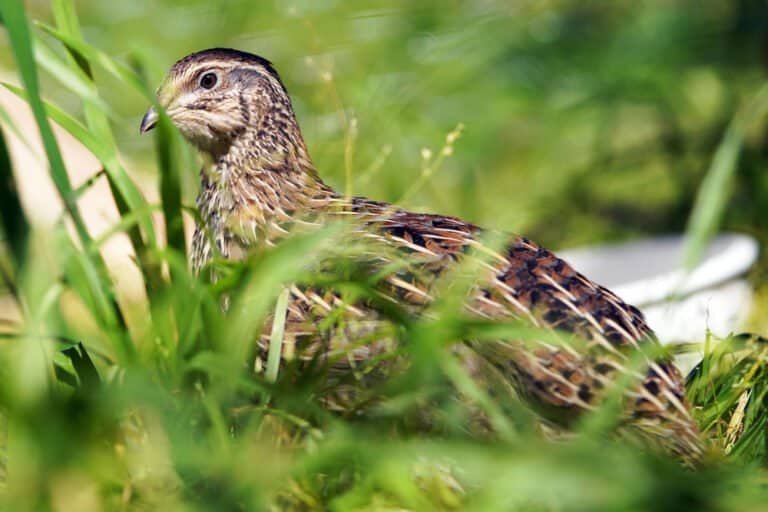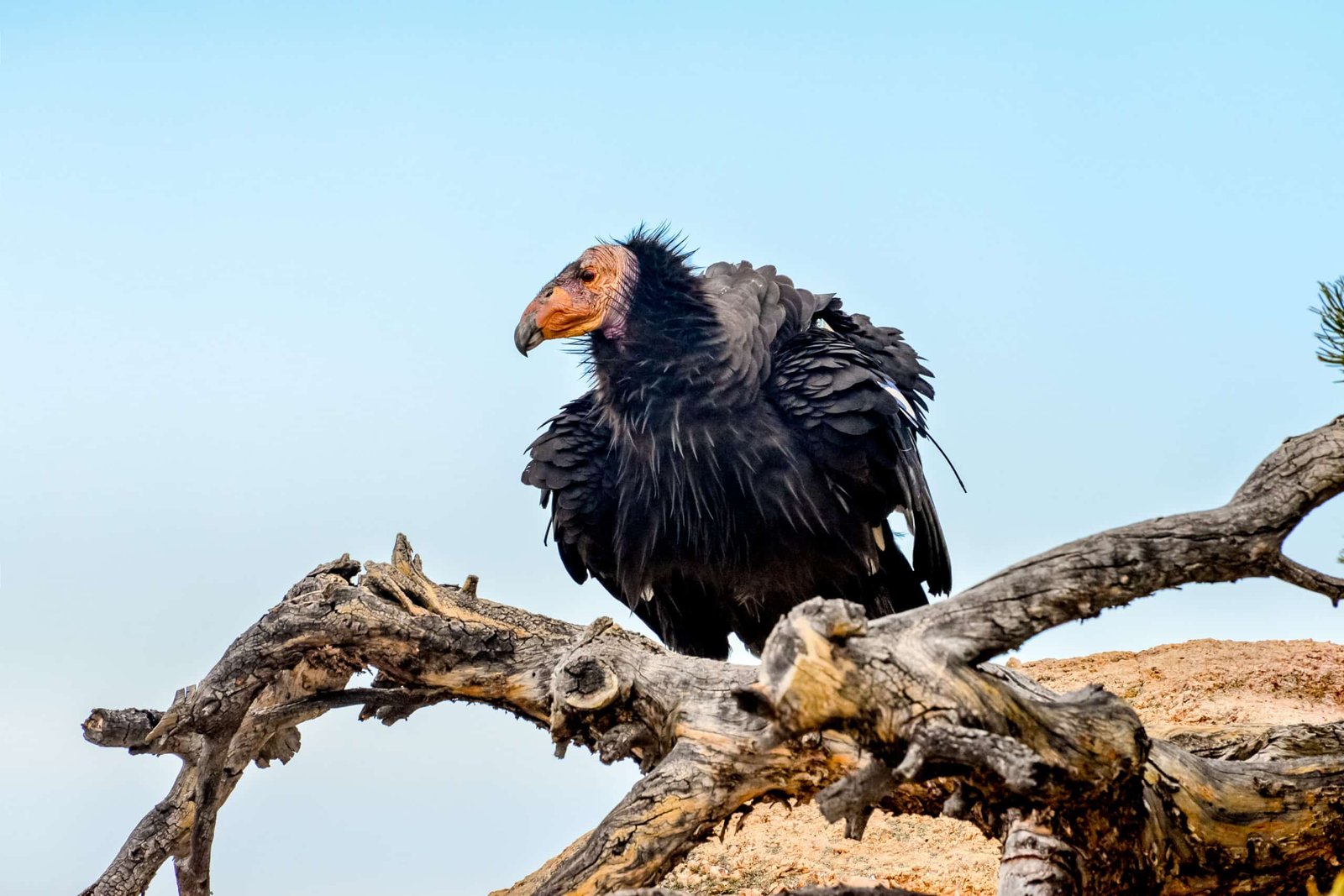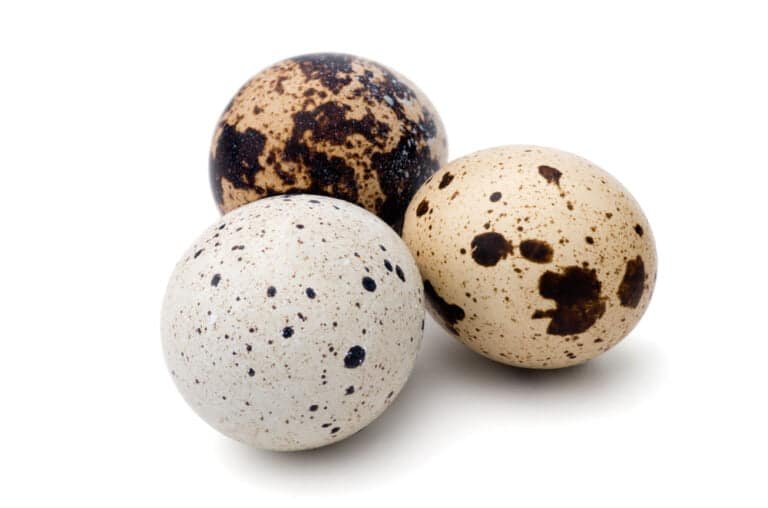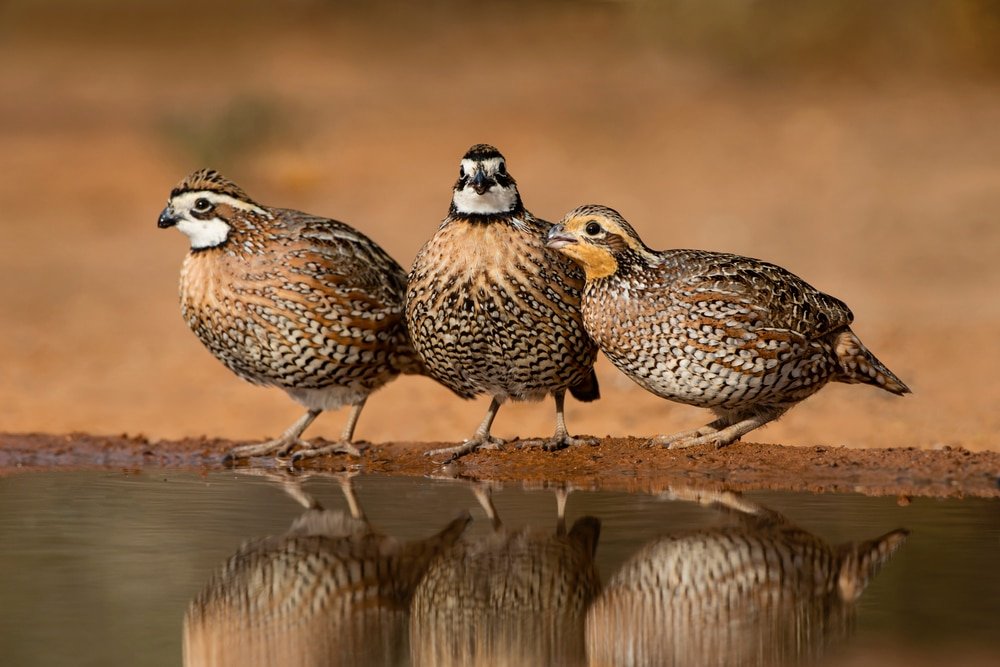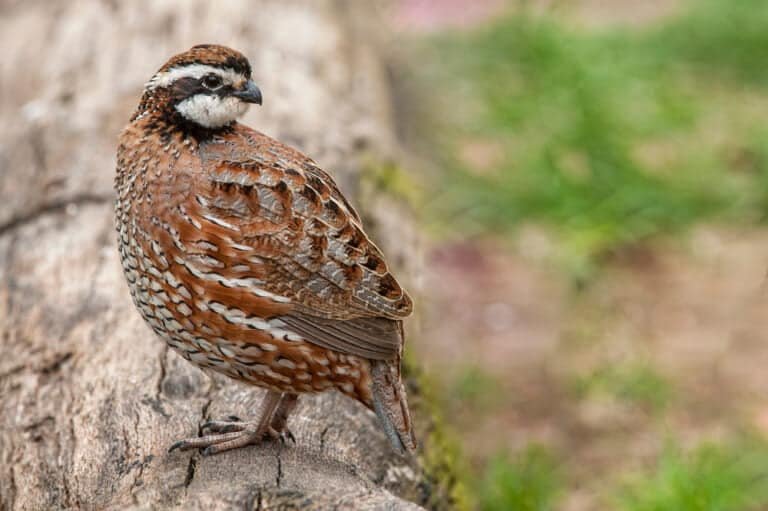The Majestic Common Quail: What Makes Them Unique
Quail, belonging to the species Coturnix coturnix, are fascinating birds that have captivated the attention of bird enthusiasts and researchers alike. These small, ground-dwelling avian creatures are renowned for their distinctive appearance and habitat preferences. In this article, we delve into the world of the common quail, exploring its taxonomy, physical characteristics, behavior, habitat preferences, and more.
Definition of the Common Quail (Coturnix coturnix)
The common quail is a small bird species within the family Phasianidae. It is widely distributed across Europe, Asia, and parts of Africa.
Renowned for its migratory habits and unique vocalizations during breeding season, this species has become a subject of interest for ornithologists around the globe.
Overview of the Quail’s Physical Appearance and Habitat
The common quail possesses an intricate blend of physical features that make it easily distinguishable from other bird species. It is relatively compact, measuring around 17-18 centimeters in length, with a wingspan ranging between 32-35 centimeters. Both male and female common quail exhibit similar body proportions but slightly vary in size—females being slightly larger than males overall.
Their plumage showcases a spectrum of earthy tones with intricate patterns that aid in camouflage amidst various habitats. Typically brownish or mottled yellow-brown on their upperparts with lighter shades on their underparts, these colorations allow them to blend seamlessly into grasslands or agricultural fields where they commonly reside.
Regarding habitat preferences, common quail display adaptability to diverse surroundings. They are commonly found in grasslands, cereal fields, shrublands, and Mediterranean scrub habitats.
These birds prefer landscapes with adequate vegetation cover for concealing their nests and foraging needs.
Taxonomy and Classification
Kingdom, Phylum, Class, Order, Family, and Genus of the Common Quail
The common quail, scientifically known as Coturnix coturnix, belongs to the Animalia kingdom. It falls under the phylum Chordata, which encompasses all vertebrate animals.
Within the class Aves (birds), the common quail is classified under the order Galliformes. This order includes ground-dwelling birds known for their strong legs and short wings.
The family to which the common quail belongs is Phasianidae, a diverse group including pheasants and partridges. In terms of genus classification, it is part of Coturnix.
Comparison to Other Bird Species within the Same Family
Several other bird species are closely related to the common quail within the family Phasianidae. One such species is the Japanese quail (Coturnix japonica), which shares many similarities in physical characteristics and habitat preferences.
However, there are subtle differences between these two species regarding plumage coloration and specific breeding behavior. Another notable member of this family is the chukar partridge (Alectoris chukar), which shares some overlapping distribution ranges with certain populations of common quail but primarily inhabits rocky terrains at higher altitudes compared to its ground-dwelling counterpart.
Furthermore, popular game birds like pheasants (Phasianus) or red-legged partridges lie within the Phasianidae family. These birds differ from common and Japanese quail regarding larger body size and distinctive plumage patterns.
While other bird species within the same family as common quail share some similarities, each species possesses unique characteristics and adaptations that distinguish it from others. The common quail’s classification within the family Phasianidae highlights its close evolutionary ties with various ground-dwelling and game bird species. It also emphasizes its distinctiveness as a separate taxonomic entity.
Distribution and Habitat
Global Distribution of the Common Quail
The common quail, scientifically known as Coturnix coturnix, is a migratory bird species with a wide distribution across various regions worldwide. This small game bird can be found in Europe, Asia, and Africa. In Europe, the common quail is present in countries such as France, Italy, Spain, and Greece.
It also extends its range into western Asia, including Turkey and Iran. Furthermore, this remarkable avian species ventures into northern Africa, specifically Morocco and Algeria.
Preferred Habitats: Grasslands, Agricultural Fields, and Shrublands
The common quail is remarkably adaptable to diverse habitats but demonstrates a particular affinity for grasslands, agricultural fields, and shrublands. Grasslands serve as an ideal habitat due to their abundance of herbaceous plants that provide ample cover for these birds to nest and hide from potential predators.
Agricultural fields also attract the common quail due to the readily available food sources, such as grains and seeds, in these cultivated landscapes. Moreover, shrublands offer suitable cover during their breeding season while providing nesting sites within dense vegetation.
Quails exploit human-altered environments effectively without compromising their survival or reproductive success. They often thrive in agricultural areas where cereal crops are grown extensively since these fields mimic their natural grassland habitat with abundant food resources nearby.
Seasonal Migrations and Breeding Grounds
The common quail undertakes fascinating seasonal migrations vital to its life cycle. These birds embark on long-distance journeys between breeding grounds in temperate regions during spring or summer and wintering areas closer to the equator where they can find milder climates and sufficient food supplies. Breeding grounds are generally located in Europe and Asia, where the common quail engages in courtship rituals and nest-building.
Males create distinct calls and elaborate displays to attract females during this period. Nest sites are often concealed within grassy vegetation or shrubs to provide shelter and camouflage for eggs and young chicks.
Understanding the migratory patterns of common quail is crucial for their conservation and sustainable management since changes in habitat availability or climate conditions can significantly impact their population dynamics. By studying these magnificent birds’ movements, researchers can gain valuable insights into their behavior, ecology, and potential threats they may face along their migratory routes.
Physical Characteristics
Size and Weight Variations Among Males and Females
The common quail, scientifically known as Coturnix coturnix, exhibits sexual dimorphism in size and weight. Males generally tend to be slightly larger and heavier than females. On average, adult males measure around 17-19 centimeters (6.7-7.5 inches) in length, while females are slightly smaller at around 16-18 centimeters (6.3-7.1 inches).
Regarding weight, males typically range between 100-150 grams (3.5-5.3 ounces), whereas females weigh between 90-130 grams (3.2-4.6 ounces). This slight size difference is thought to be related to the reproductive roles of each gender.
Plumage Coloration in Different Subspecies Across Their Range
The plumage coloration of the common quail varies across its wide range, comprising several subspecies with distinctive patterns and hues. The most widespread subspecies in Europe and Asia display an intricate mottled pattern on its upper parts with shades of brown, buff, black, and white feathers blending harmoniously for effective camouflage within their natural habitats such as grasslands or agriculture fields.
In contrast, other subspecies found mainly in Africa exhibit more vibrant colors on their plumage with striking patterns ranging from cinnamon-brown to reddish-brown tones on their backs, complimented by streaks or spots of white or black feathers that add further visual appeal. The variation in plumage coloration among different subspecies is believed to be a protective adaptation against predators by allowing them to blend into their specific environments effectively.
Unique Features such as a Small Beak, Rounded Wings, and Short Legs
The common quail possesses several unique physical features that aid in its survival and adaptation to its environment. Firstly, their beaks are relatively small and stout, perfectly suited for their omnivorous diet, which consists of seeds, grains, insects, and worms.
These beaks allow the quail to peck at food sources efficiently found on the ground and in vegetation. Additionally, common quail have rounded wings designed for short bursts of rapid flight, enabling them to navigate dense grasslands or escape potential threats effectively.
Their short legs are well-adapted for terrestrial locomotion, allowing them to move swiftly on the ground while foraging or seeking cover. These unique features collectively contribute to the overall success of common quail as versatile birds capable of thriving in various environments across their extensive range.
Behavior and Social Structure
Diurnal or Nocturnal Activity Patterns
Like many other bird species, the common quail exhibits a fascinating adaptation in its activity patterns based on environmental conditions. The availability of food, water, and shelter largely influences their activity. Typically, common quail are diurnal birds, meaning they are most active during daylight hours.
During these times, they engage in various behaviors such as foraging for food and socializing with other covey members. However, in certain regions or circumstances where daytime temperatures soar to extreme levels or predation risk increases, they may adopt a more secretive and nocturnal lifestyle.
Territorial Behavior During Breeding Season
The breeding season brings about significant changes in the behavior of the common quail. Male individuals become highly territorial and engage in elaborate displays to attract potential mates while defending their chosen areas from rival males.
These displays commonly involve vocalizations such as distinctive crowing calls, puffing out their chests, and fluttering their wings. The competition among males for mating rights can be fierce, leading to intense physical confrontations that often include pecking and chasing.
Group Dynamics Within Coveys for Foraging Purposes
Common quail exhibit an intriguing social structure within their groups known as coveys. Coveys comprise individuals who come together primarily for enhanced safety during foraging activities. These groups typically comprise male and female birds but can also include younger individuals who have not yet reached sexual maturity.
The cohesion within coveys is strengthened by shared communication through soft contact calls that keep members connected while moving through dense vegetation. Foraging is a significant aspect of covey dynamics among common quail searching for seeds, grains, insects, worms, and other small invertebrates.
The birds cooperate and synchronize their movements, taking turns to flush out prey from the vegetation or scratch the ground for food. This collective effort not only aids in finding sustenance but also enhances the group’s overall safety by increasing vigilance against potential predators.
Cooperation within coveys ensures that resources are efficiently utilized and maximizes the chances of survival for each member. The intricate behavior and social structure of common quail highlight their adaptability and cooperative nature, providing a captivating glimpse into their daily lives as they navigate the challenges of their environment.
Reproduction
Mating Rituals, including Courtship Displays by Males
Common quail engage in intricate mating rituals characterized by elaborate courtship displays performed by the males. These displays are primarily aimed at attracting female partners.
The male quail’s courtship behavior involves several impressive actions, such as puffing up its chest and neck feathers, fully extending its wings, and emitting various distinct calls. These vocalizations consist of soft clucks, whistles, or trills that serve as both a territorial declaration and a means of seduction.
The male quail may also engage in low-level flights accompanied by quick zigzag movements to impress potential mates further. These highly evolved displays demonstrate the male’s physical prowess and communicate their genetic fitness to females.
Nesting Habits like Ground Nests Concealed in Vegetation
The common quail exhibits a secretive nesting behavior characterized by ground nests concealed within dense vegetation. This strategy offers protection and camouflage from potential predators while providing an ideal microhabitat for incubation and hatching. Female quail meticulously construct their nests on the ground using plant materials such as grasses, leaves, and twigs to create a well-concealed structure with a shallow depression lined with soft bedding material.
It is not uncommon for female quail to reuse nests from previous breeding seasons or repurpose abandoned bird nests found on the ground; however, they often make necessary adjustments to ensure enhanced concealment. The choice of nest location is vital for successful reproduction as it minimizes visibility during incubation and parental care once the chicks hatch.
Incubation Period, Clutch Size, Hatching Success Rate
After mating and nest construction, the female quail lays a clutch of eggs within her carefully crafted nest. The incubation period for common quail eggs typically lasts around 17-18 days. The female remains dedicated to the nest during this period, ensuring optimal conditions for successful embryonic development.
Clutch size can vary depending on various factors such as environmental conditions and the female’s age and health. On average, a typical clutch consists of 8-12 eggs.
However, it is not uncommon for some females to produce smaller or larger clutches. The hatching success rate of common quail is generally high if the nesting site remains undisturbed and predation risks are minimal.
Once hatched, chicks are precocial, meaning they can move independently shortly after emerging from their eggs. They instinctively follow their mother and begin actively foraging for small insects within hours of hatching.
Diet and Feeding Habits
Omnivorous Nature and Food Preferences
Common quail, being highly adaptable birds, exhibit an omnivorous feeding behavior. While their diet may vary slightly across different geographical locations, these birds prefer diverse food sources.
Seeds and grains form a significant part of their diet, with preferences for weed seeds such as those from grasses and cereals. Their beaks are finely adapted to crack open the tough husks of these seeds.
In addition to seeds and grains, common quail also rely on insects as an important source of nutrition. They have been known to consume beetles, grasshoppers, caterpillars, and other small invertebrates.
The protein-rich content in these prey items supports their growth and reproductive success. Furthermore, these birds seek worms and other soil-dwelling organisms during their foraging expeditions.
The ability to exploit plant matter and animal prey allows the common quail to thrive in diverse habitats ranging from farmlands to grasslands. This dietary flexibility enables them to adapt to changing food availability throughout the year.
Adaptations Related to Feeding Strategies
The feeding strategies employed by common quail are closely linked with their physical adaptations. These birds primarily use pecking and scratching techniques to search for food. Pecking is a feeding method where the bird quickly strikes its beak onto the ground or vegetation surface in search of edible items like seeds or insects.
The common quail possesses a short beak that enables precise pecking movements with minimal effort. Their keen eyesight helps them spot tiny objects on the ground efficiently.
In addition to pecking, the common quail employs scratching as a feeding technique. Using their well-developed leg muscles and sharp claws, they vigorously rake the ground or leaf litter to uncover hidden prey items or seeds.
This scratching behavior is advantageous in environments such as grasslands or agricultural fields where seeds and insects may be concealed beneath the surface. The combination of pecking and scratching allows these birds to effectively exploit above-ground and ground-level food sources, making them adept foragers capable of utilizing diverse habitats.
Predators and Threats
Natural Predators
The common quail faces a range of natural predators in its various habitats. Birds of prey, such as hawks, falcons, and owls, pose a significant threat to adult quail and their vulnerable chicks.
These aerial predators use their keen eyesight and swift flight to catch unsuspecting quail in the open fields. Additionally, foxes are known to be skilled hunters who can sniff out hidden nests or ambush adult quail on the ground.
Snakes also play an important role as predators, especially for young quail. Their ability to move silently through vegetation allows them to surprise their prey before swallowing them whole.
Human-related Threats
While natural predation is a part of the common quail’s ecosystem, human-related threats have been increasingly detrimental to their survival. Hunting pressure remains one of the main concerns for this species.
Quail hunting is popular in many regions due to its tasty meat and challenging flight patterns during hunting season. This activity can put extreme pressure on local populations if not regulated effectively.
Habitat loss due to agricultural expansion also poses a significant threat. As grasslands are converted into farmland or urban areas, the available habitat for quail diminishes, leading to population declines.
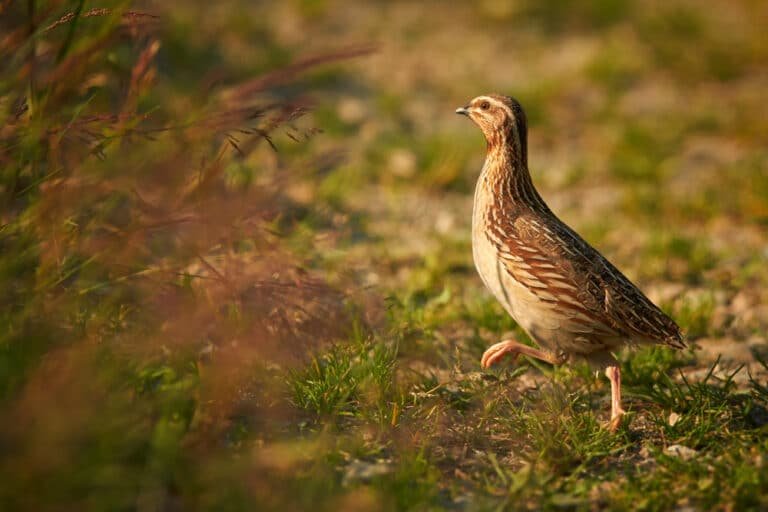
Conclusion
While the common quail faces adversity from natural predators and human-related threats, there is hope for its conservation and continued survival. Efforts such as implementing sustainable hunting practices with strict regulations can help maintain healthy populations while allowing for responsible enjoyment by hunters. Additionally, preserving suitable habitats through land management practices that balance agriculture with conservation can provide havens for these birds amidst changing landscapes.
By raising awareness about the ecological importance of common quail as indicators of environmental health and promoting conservation initiatives focused on preserving their habitats, we can ensure that future generations can witness the beauty and vitality of these remarkable birds. Together, we can protect the common quail and contribute to conserving our natural world.

